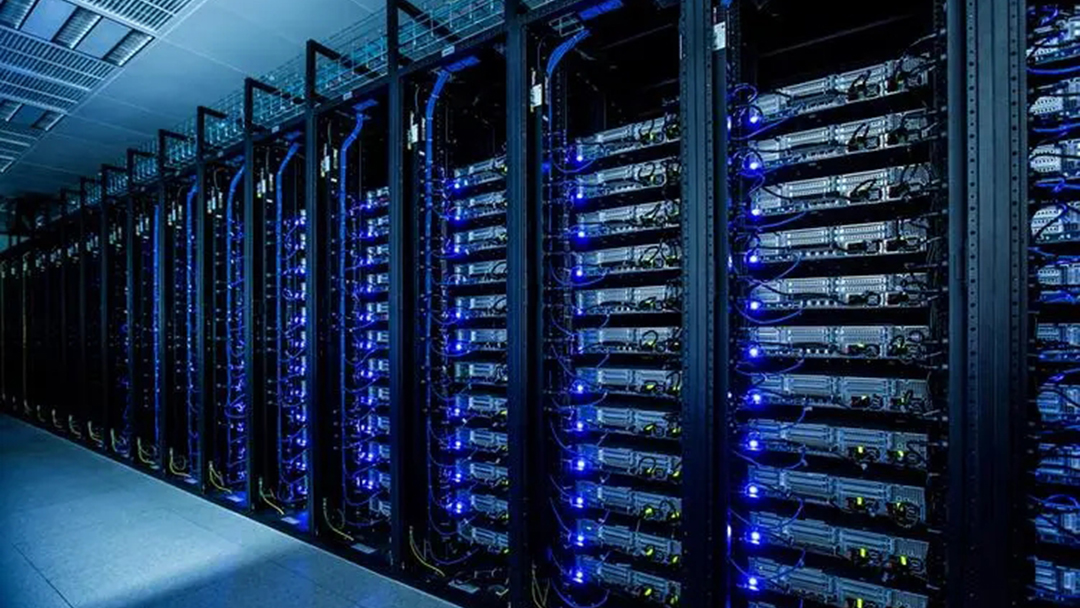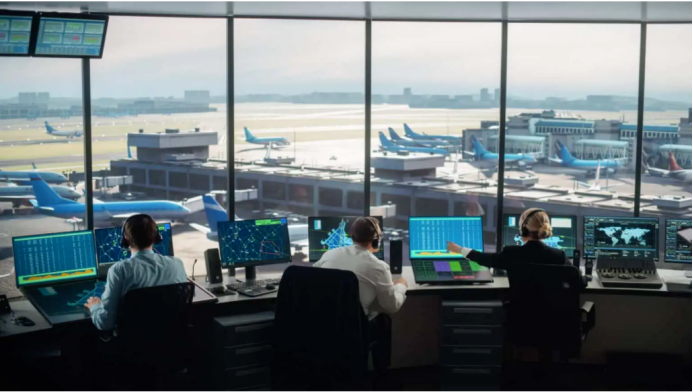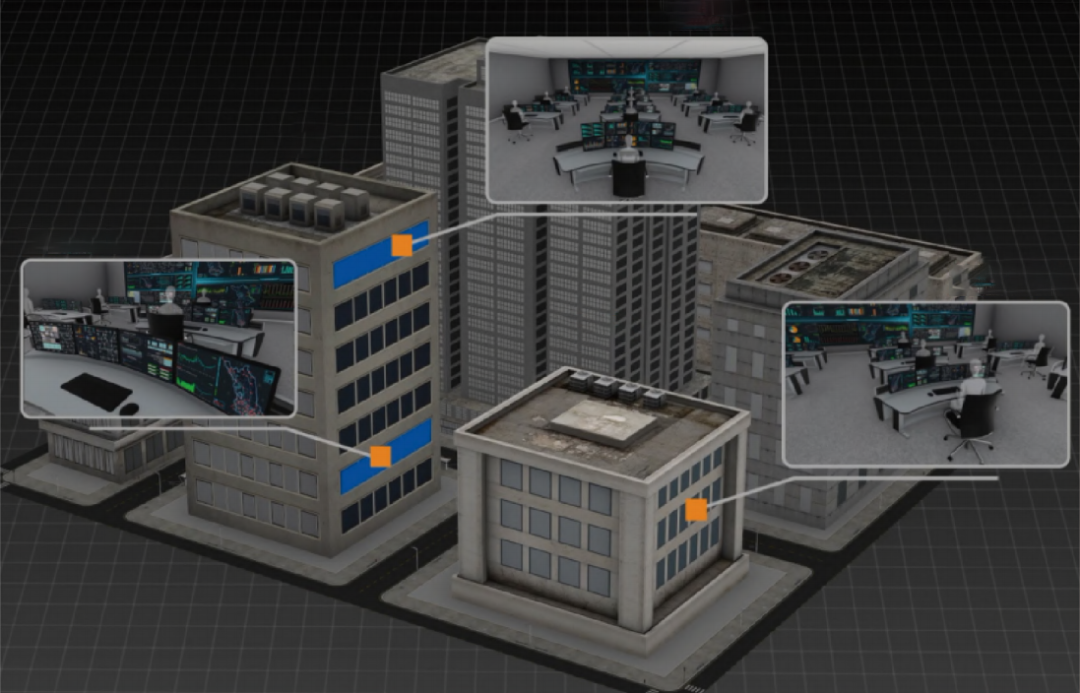
When you operate a monitor in one room, while the host computer controlling that monitor is located in another room next door, with a single device spanning two rooms, have you ever wondered the significance of such an arrangement?
In fact, this kind of man-machine separation is quite common in industrial settings. Once upon a time, factories relied heavily on manual production, where humans and machines were closely intertwined. As automation gradually gained popularity, workers' hands were freed, and machines could operate autonomously with just a push of a button.

Technology simplifies production processes, and convenient operation makes it possible for one person to control multiple devices, enhancing efficiency while also fostering a comfortable environment. Consequently, people began to separate the human operators from the machines, enabling remote operation—this is man-machine separation. The emergence of man-machine separation owes to increasingly advanced automation systems, with widespread applications and varying significance across different industries.

In industrial production, separating humans from machines can prevent exposure to noise and high temperatures, safeguarding human health. In laboratories, separating computers from instruments can block the intrusion of toxic substances. In airport control towers, placing the host computers solely in machine rooms while leaving only operational equipment behind not only simplifies space utilization but also facilitates maintenance and repairs. There are various ways to achieve man-machine separation, and KVM is one of them. Through remote transmission of audio and video signals, KVM enables cross-screen and remote operation management systems across industries, even breaking spatial constraints to achieve remote control, enhancing both workplace comfort and work efficiency.

As machines become increasingly intelligent, people's work becomes simpler and more convenient. In the past, humans and machines were almost inseparable, requiring constant attention. But now, with just a screen, a set of keyboard and mouse, one can transmit instructions to distant locations with a few finger movements.
















